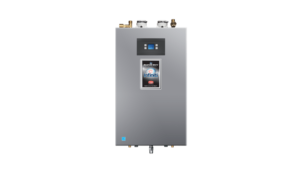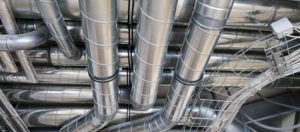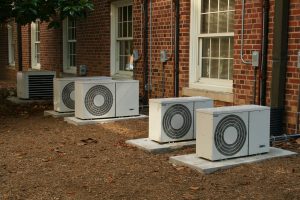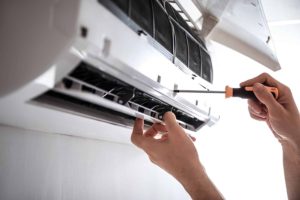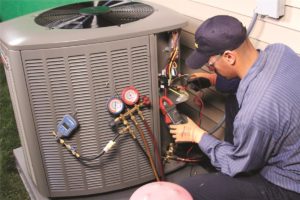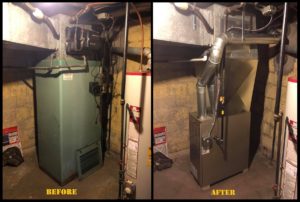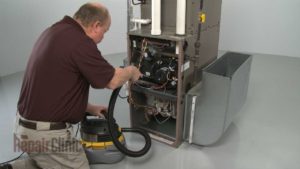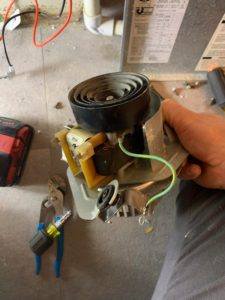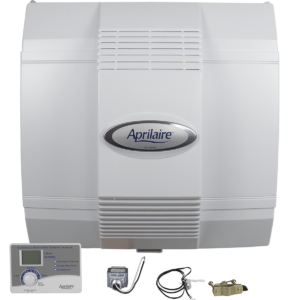Ductless HVAC (Mini & Multi Split)
Ductless systems are configured in several ways. There are ductless air conditioners, ductless heat pumps that can both cool and heat a room, as well as ductless zoning systems that allow you to tie several rooms together. Whether you’re targeting a single or multiple rooms, a small or wide-open area, Kai’s Heat & Cool has the right answer for your specific needs.

The pros of Mini-split system:
- Controlled by wireless remote control
Every single air handler has a personal temperature sensor and wireless thermostat. - Every air handler are independent.
Units are zoned. Multi-split units can have as many as four indoor air handling units, connected to one outdoor unit. Each zone has its own thermostat, so you only need to condition that space when it is occupied, saving energy and money. - Quick to install
In some applications, mini-split systems are much easier to install than a traditional central HVAC system. The hook up between the outdoor and indoor units only require about three inch hole through a wall for the conduit. This makes this an ideal unit for conditioning a basement space. - More energy efficient
Since mini-split systems have no duct work, they avoid the energy loss associated with forced air systems. Top-of-the line ductless options reaching nearly 38 SEER, versus SEER ratings of 16-21 on traditional split systems. - Whisper quiet
Most residential central AC units are around 72-82 decibels when they’re running. Ductless ‘mini split’ systems like Mitsubishi home air conditioning systems are the quietest air conditioners on the market today. With an average noise level of 32 decibels - Cheap and easy to maintain
Mini split system maintenance is similar to central A/C. The only difference is the filter inside the air handler. They are very easy to clean (can be cleaned under running water) and are used multiple times which saves your maintenance money.
The Cons of the Mini-split system:
- Aesthetics
Some do not like the appearance of the indoor components inside the home. - COST
Mini split systems cost approximately 30% more than a traditional forced air equipment.






